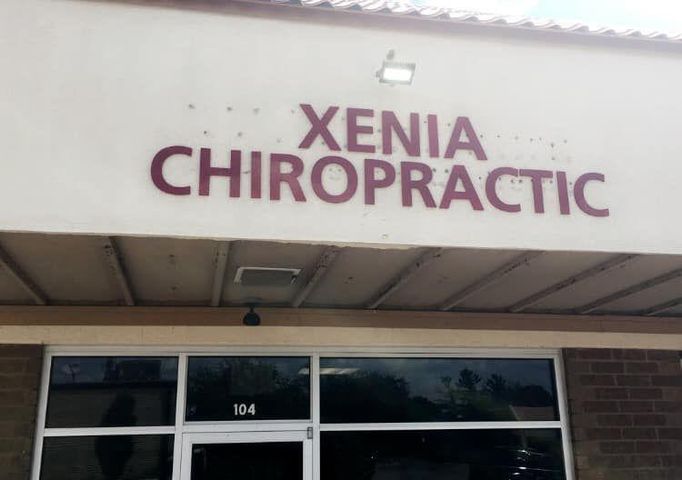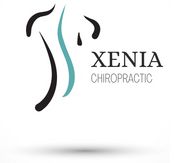
Headaches and Chiropractic
If you have a headache, you’re not alone. Seven out of 10 Americans suffer from headaches. Some are occasional, some frequent, some are dull and throbbing, and some cause debilitating pain and nausea. What do you do when you suffer from a pounding headache? Do you grit your teeth and carry on? Lie down? Pop a pill and hope the pain goes away? There is a better alternative.
Research shows that spinal adjusting – one of the primary treatments provided by doctors of chiropractic – may be an effective treatment option for tension headaches and headaches that originate in the neck. A report in the Journal of Manipulative and Physiological Therapeutics (JMPT) found that interventions commonly used in chiropractic care improved outcomes for the treatment of acute and chronic neck pain improving migraine and cervicogenic headaches.
Headache Triggers
Headaches have many causes, or “triggers.” These may include foods, environmental stimuli (noises, lights, stress, etc.) and/or behaviors (insomnia, excessive exercise, blood sugar changes, etc.). About 5 percent of all headaches are warning signals caused by physical problems. The remaining 95 percent of headaches are primary headaches, such as tension, migraine, or cluster headaches. These types of headaches are not caused by disease; the headache itself is the primary concern.
The greatest majority of primary headaches are associated with muscle tension in the neck. Today, Americans engage in more sedentary activities than in the past, and more hours are spent in one fixed position or posture (such as sitting in front of a computer). This can increase joint irritation and muscle tension in the neck, upper back and scalp, causing your head to ache.
What Can Be Done?
•Your doctor of chiropractic may do one or more of the following if you suffer from a primary headache:
•Perform spinal adjustments to improve spinal function and alleviate the stress on your system.
•Offer advice on posture, ergonomics (work postures), exercises and relaxation techniques. This advice should help to relieve the recurring joint irritation and tension in the muscles of the neck and upper back.
Doctors of chiropractic undergo extensive training to help their patients in many ways beyond just treatment for low-back pain. They know how tension in the spine relates to problems in other parts of the body, and they can take steps to relieve those problems.
About the Business
Have a question? Ask the experts!
Send your question

